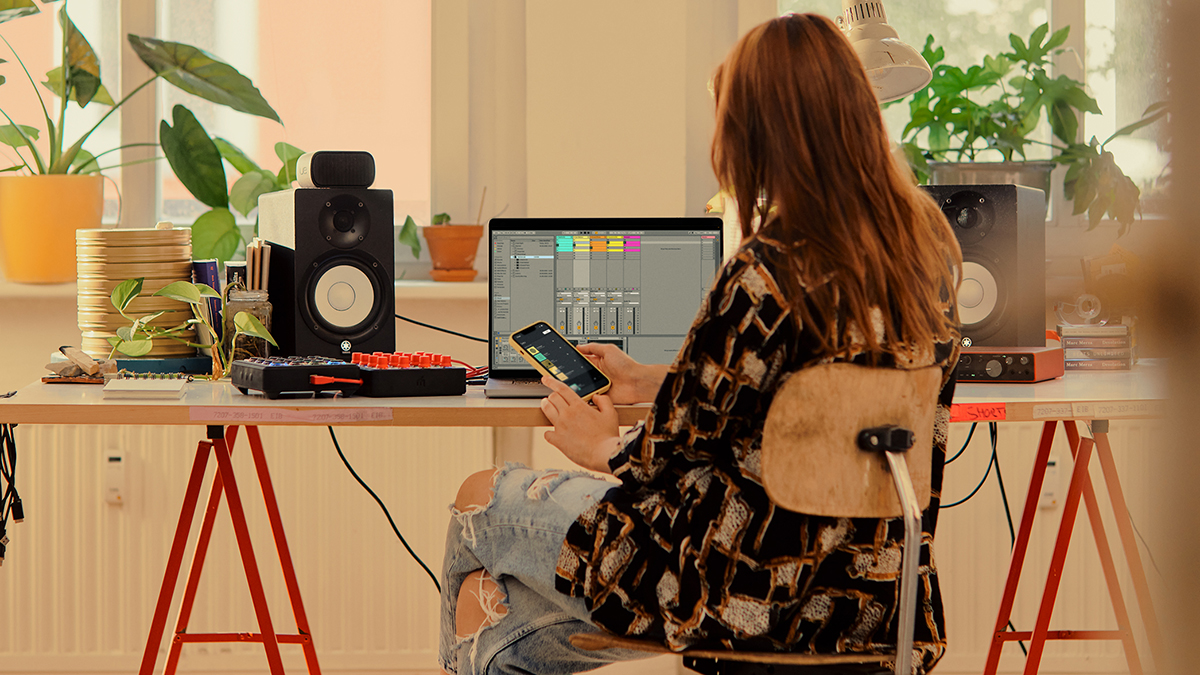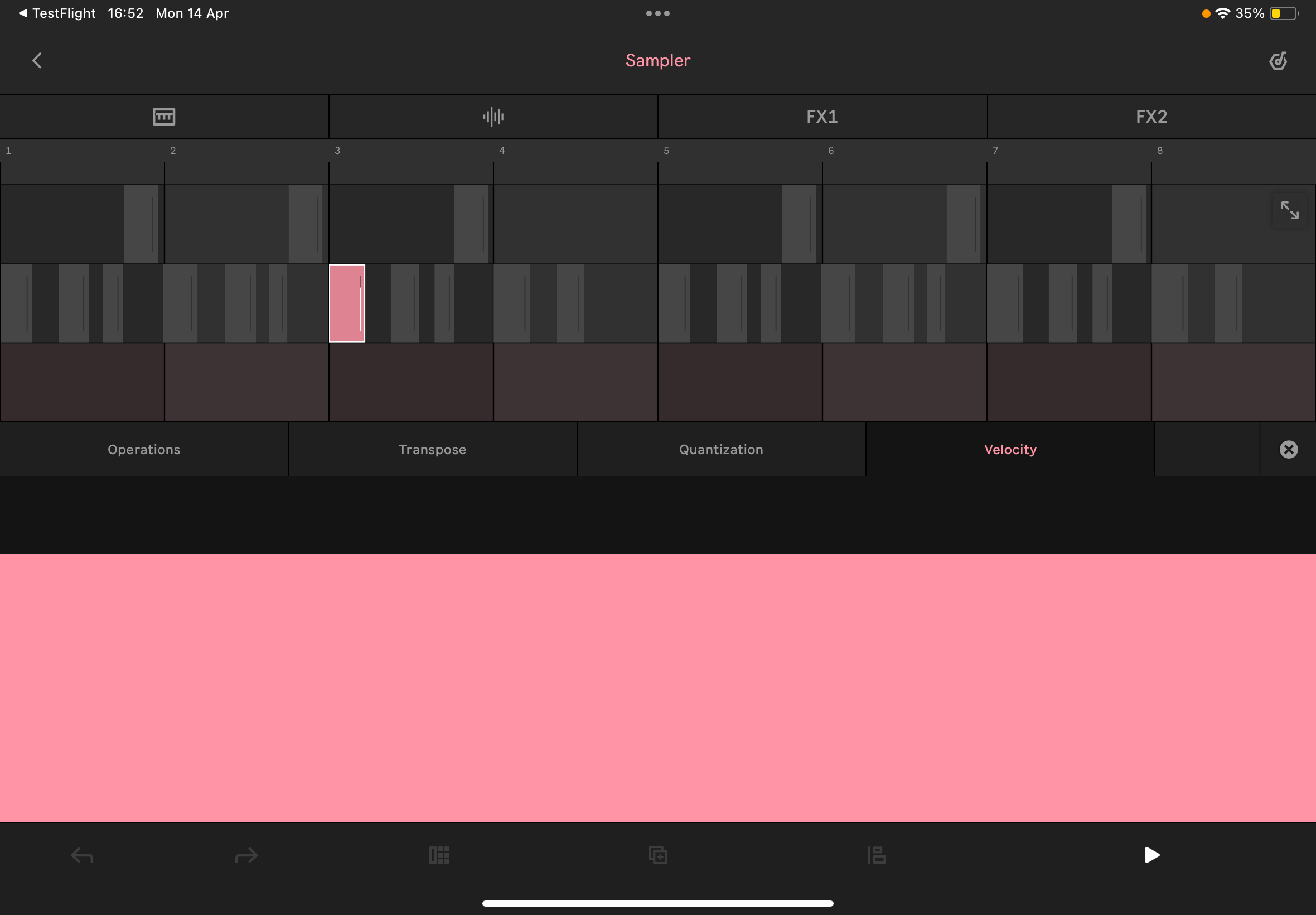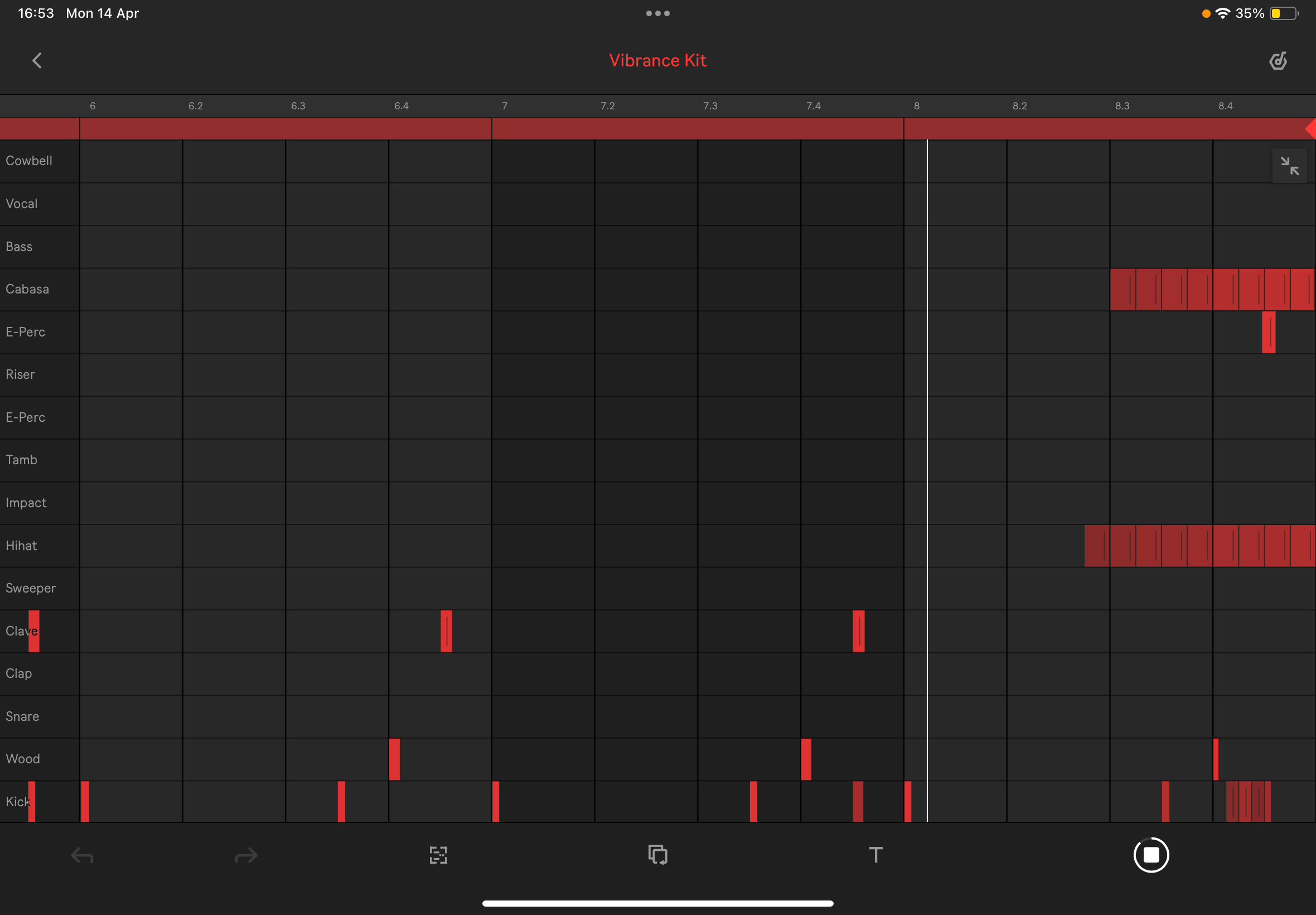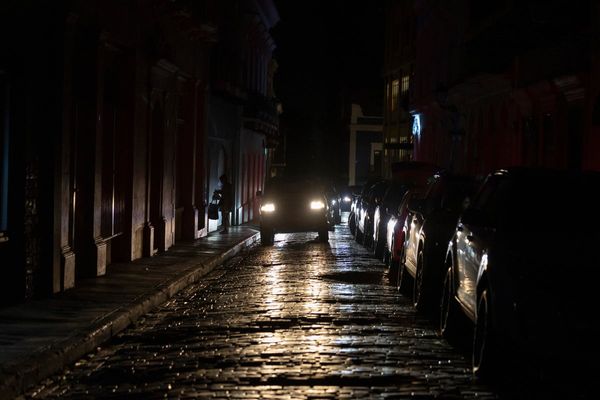Launched in late 2022, Ableton Note has always been an app with a lot of potential. Based around a similar workflow to Ableton Live’s clip-launching Session View, Note is designed as a simple platform for sketching musical ideas.
Its minimalist interface and limited selection of instruments and effects are a far cry from being a full DAW for your phone, but with staple Live devices under the hood and a simple app-to-Live workflow, Note arrived looking like it could be the perfect tool for Live users to capture ideas away from the studio.
I got hands-on with an early version of Note before launch, and there was a lot I immediately liked about it. The combination of synths and sampled instruments offers a broad sound selection, which can be expanded by importing your own sounds or sampling directly using your phone or iPad.
Crucially, Ableton offers several simple ways to quickly import ideas into Live, where they can be opened in fully editable form, meaning that those rough melodies or drum patterns you sketched out on the bus can really form the basis of a fully fledged tune.
However, while Note has stayed installed on both my phone and iPad for the past few years, I have to admit to rarely opening the app. For all that Note gets right, it lacked one crucial feature that severely limited its usefulness – MIDI editing – which just happens to be the headline addition of the latest update.
Sequence and edit
Previously, Note was designed entirely around Live’s Capture MIDI workflow, whereby users can play patterns or melodies using the touchscreen or a MIDI controller, and then hit ‘Capture’ in order to retroactively generate a MIDI clip.
By itself, this is a fairly intuitive way to work and Note’s editing toolset makes it easy to quantise and adjust MIDI after capture. The big problem, however, comes when using Bluetooth headphones, which create a fairly hefty amount of latency, effectively making it near impossible to play in time with the click or existing parts.

Given that Apple has removed headphone ports from most of its devices, being unable to work with wireless headphones is a pretty significant hindrance for a tool designed to be used on-the-go.
Moreover, while playing parts in real time is all well and good, it’s not a workflow that suits Live users more used to inputting patterns via a step sequencer or ‘offline’ MIDI editing – ie using a mouse and keyboard.
With the release of version 1.3 earlier this month, Ableton has rectified this. The update, which is free for existing users, introduces offline MIDI input and editing, allowing users to create empty MIDI clips and then tap to input notes, drum patterns or chords.
To Ableton’s credit, although it might have been a long time coming, the editing functionality is really nicely implemented.
Holding a note input brings up a menu allowing it to be moved, transposed, quantised or to alter the velocity. Users can pinch to zoom in on the MIDI grid, or turn their device into portrait orientation in order to use the MIDI editor in full screen mode, which is particularly handy on iPhone.

The update also adds the 16 Pitches feature that Ableton introduced with its Note-adjacent hardware device, Move. This lets Drum Sampler instruments be sequenced melodically, allowing 16-pad drum instruments to sequence multiple melodic parts at once.
If, like me, you tried Note when it first arrived and drifted away from it, or decided it didn’t fit into your workflow, this might be the time to take another look.
In actual fact, MIDI editing is just one of several ways Note has improved significantly since launch. Version 1, for instance, lacked MIDI controller compatibility, whereas the app can now be used with poly aftertouch devices in order to play expressive patches based around Live’s excellent Drift synth.
The Drum Sampler device, launched at the same time as Move and Live 12.1, comes into its own in the context of Note, where the filter cutoff and playback effects can be manipulated by dragging across the touchscreen. Ableton has significantly improved the range of effects in the app too.

There are still things I’d love to see added to Note. It bugs me that the delays are always synced to project tempo, and the workflow lacks the option to set up modulation routing – an extra LFO or two would go a long way.
What's more, now that Follow Actions – which automate clip launcher behaviour – have been added to Push, it would be great to see a basic version of the functionality come to Note too.
In all though, two and a half years after it first launched, Note is looking much more like the must-have companion to Live that Ableton users always wished for.
Note 1.3 is out now on the Apple App Store priced at £8.99/$8.99. Head to the Ableton site for full details.







